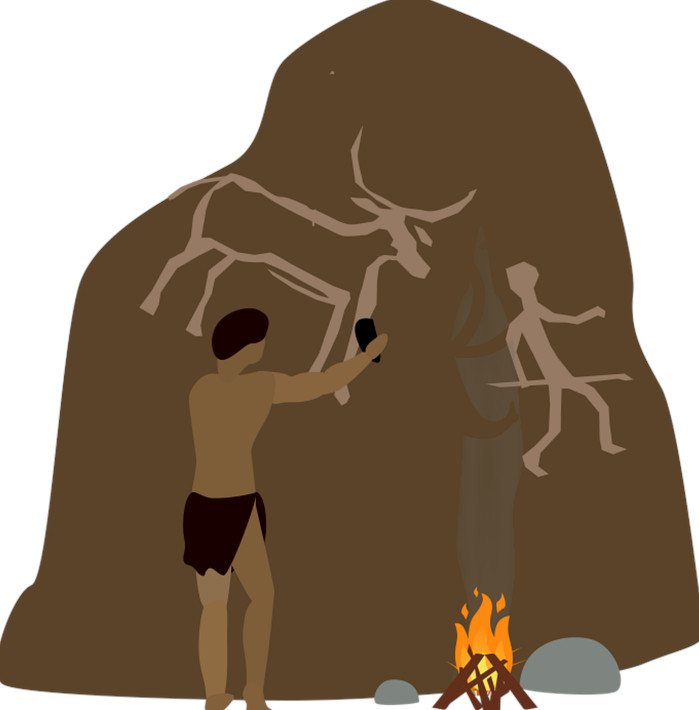
We all know the exhausting feeling when you get home from a long day of school. There is so much homework to do and presentations to prepare and exams to study for. And all of that, even though you have just spent your whole day listening to the teachers talk and trying to remember all of the new information. We often don’t like it but know that it is necessary. There is a quote that describes the fortune of having access to education and its place in society. Gilbert K. Chesterton once said: “Education is simply the soul of a society as it passes from one generation to another.”
The term education is defined by two different kinds. There is informal education and formal education. Informal education is about society and the general social process in which humans learn the knowledge and skills needed to function in their culture. Formal education on the other hand refers to the process in which students are being instructed by teachers on different courses within institutions (kindergarten, school, university, …). However, education hasn’t always been just about schools. It dates back to the very first humans that inhabited our planet. They did not have schools back then. They did not have books to study from. They simply taught the next generations what they needed to know in order to survive. This educational process mainly involved information on how to make weapons and other tools, gather food and find shelter, learn the language and acquire the values, believes, behavior and religious rites / practices of the given culture. The key to passing on these attributes was/ is education. However, they did not have schools to do that. Information was simply shared and passed on within the family unit, making it education on an individual basis. Nevertheless, when the population grew and more societies were formed, people figured out that there is a much more efficient way of how to educate the youngsters. They figured it would be easier and smarter to just have a smaller group of adults educate a larger group of children, rather than every family being responsible for their education themselves. And with that idea, the concept of school was created.

The schools that we have nowadays are nothing like the schools back then though and although there is a great number of differences in the school systems and just in general the way that school worked hundreds of years ago in comparison to now, there are two main areas in which the differences are clearly visible.
The first area is equality. Equality comes in many different forms, the main ones being gender, skin color and social status. Even though the modern education should be accessible by all children, the discrimination of gender still exists in today’s world. In most countries, women are allowed to go to school now but back then, education was only open for the male gender because women had to stay home and take care of the children and do the cooking. The same goes for skin color. The discrimination of different races is not as visible anymore as it was years ago and there are a lot of countries in which skin color doesn’t change anything but there used to be a time when the access to education was strictly forbidden for humans with a different skin color and they were therefore not allowed to take part in the educational process. The last main difference concerning the equality of education is the social status. Whereas the ancient schools were only meant for high-society people, people with a lower income are now also able to go to school and receive an education.
The second area in which the change in schools/ the education is visible is the imparted knowledge. As already mentioned above, the information that is being shared and taught adapted itself to the needs of the people and therefore differs a lot between the ancient days and nowadays. These days, children learn about specific subject areas such as technology, science, mathematics, language skills, etc. while schools back then focused more on teaching skills, real-life knowledge, religion, rituals and tradition.
When comparing the schools from hundreds of years ago to the schools nowadays, it is clear that there have been some changes in the education and the way schools work. To see some of these changes, you don’t even need to look that far back in the past. Just by asking our parents or grandparents about their schools when they were younger, makes us find a lot of differences. At the same time though, there are also many similarities, showing that no matter how many years go by, the foundation and the idea behind education/ schools stays the same and keeps being passed on from generation to generation. Next time you come home from school and just feel like you never want to go back there because it is so exhausting, just remember that there is a reason for it and you will be thankful for it in a few years.
Sources:
https://wonderopolis.org/wonder/why-was-school-created (Wonderpolis, October 5th, 2022)
https://www.familiesmagazine.com.au/10-ways-schools-have-changed/ (Your local family magazine, October 5th, 2022)
https://www.insider.com/old-school-vintage-classroom-photos-evolution-2018-5#1955-an-integrated-classroom-in-kentucky-posed-for-a-photo-7 (Talia Lakritz, October 5th, 2022)
https://madhavuniversity.edu.in/reference-to-indian-education-system.html (Ashu Anchal, October 5th, 2022)

